-
 Bitcoin
Bitcoin $84,936.9041
2.72% -
 Ethereum
Ethereum $1,885.6507
3.16% -
 Tether USDt
Tether USDt $1.0000
0.02% -
 XRP
XRP $2.1084
1.37% -
 BNB
BNB $606.8939
0.19% -
 Solana
Solana $125.6576
0.93% -
 USDC
USDC $1.0000
0.00% -
 Dogecoin
Dogecoin $0.1717
2.69% -
 Cardano
Cardano $0.6727
1.51% -
 TRON
TRON $0.2386
1.11% -
 Toncoin
Toncoin $4.0353
-1.77% -
 Chainlink
Chainlink $13.8202
1.68% -
 UNUS SED LEO
UNUS SED LEO $9.3048
1.81% -
 Stellar
Stellar $0.2690
2.15% -
 Avalanche
Avalanche $19.4156
3.17% -
 Sui
Sui $2.3686
4.32% -
 Shiba Inu
Shiba Inu $0.0...01247
-0.54% -
 Hedera
Hedera $0.1676
3.21% -
 Polkadot
Polkadot $4.1093
1.82% -
 Litecoin
Litecoin $83.2957
-0.05% -
 MANTRA
MANTRA $6.2570
0.02% -
 Bitcoin Cash
Bitcoin Cash $305.8091
0.85% -
 Bitget Token
Bitget Token $4.6390
1.82% -
 Dai
Dai $0.9999
0.00% -
 Ethena USDe
Ethena USDe $0.9998
-0.01% -
 Pi
Pi $0.6969
-2.02% -
 Hyperliquid
Hyperliquid $13.1259
0.90% -
 Monero
Monero $216.1458
0.29% -
 Uniswap
Uniswap $6.1984
3.48% -
 Aptos
Aptos $5.2962
0.47%
How Do Traders Use Bollinger Bands?
Traders employ Bollinger Bands to identify trends, overbought/oversold conditions, and potential trading opportunities by utilizing its three bands (middle, upper, and lower) to gauge volatility and market momentum.
Oct 18, 2024 at 05:00 am

How Do Traders Use Bollinger Bands?
Bollinger Bands are a technical analysis tool developed by John Bollinger in the 1980s. They are used to identify trends, overbought and oversold conditions, and potential trading opportunities.
How Bollinger Bands Work
Bollinger Bands are plotted on a price chart and consist of three lines:
- Middle Bollinger Band (MBB): A simple moving average (SMA) of the closing prices over a specified period, typically 20 days.
- Upper Bollinger Band (UBB): The MBB plus two standard deviations of the closing prices' standard deviation.
- Lower Bollinger Band (LBB): The MBB minus two standard deviations of the closing prices' standard deviation.
Using Bollinger Bands for Trading
Traders use Bollinger Bands in various ways to identify potential trading opportunities:
1. Trend Identification:
- Uptrend: When prices stay above the MBB, and the bands widen, indicating increasing volatility and a bullish trend.
- Downtrend: When prices stay below the MBB, and the bands widen, indicating increasing volatility and a bearish trend.
2. Overbought/Oversold Conditions:
- Overbought: When prices close near or above the UBB, indicating the market may be overvalued and due for a correction.
- Oversold: When prices close near or below the LBB, indicating the market may be undervalued and due for a bounce.
3. Bollinger Band Squeezes:
- Squeeze: When the UBB and LBB narrow significantly, indicating a period of low volatility.
- Breakout: When prices breakout above the UBB or below the LBB after a squeeze, it can signal a potential trend reversal or continuation.
4. Moving Average Crossovers:
- Bullish Crossover: When prices close above the MBB after trading below it.
- Bearish Crossover: When prices close below the MBB after trading above it.
Example:
Consider a stock trading at $100. The MBB is at $105, the UBB is at $115, and the LBB is at $95.
- Overbought: If the stock closes near the UBB ($115), it may indicate an overbought condition.
- Downward Breakout: If the stock closes below the LBB ($95) after a Bollinger Band squeeze, it can signal a potential downtrend.
- Moving Average Crossover: If the stock closes above the MBB ($105) after trading below it, it can indicate a potential uptrend.
Conclusion
Bollinger Bands provide valuable insights for traders into trends, overbought/oversold conditions, and potential trading opportunities. While they can be an effective tool, it's important to use them in conjunction with other technical analysis tools and consider the overall market context.
Disclaimer:info@kdj.com
The information provided is not trading advice. kdj.com does not assume any responsibility for any investments made based on the information provided in this article. Cryptocurrencies are highly volatile and it is highly recommended that you invest with caution after thorough research!
If you believe that the content used on this website infringes your copyright, please contact us immediately (info@kdj.com) and we will delete it promptly.
- UAE to launch Digital Dirham CBDC in Q4 2025
- 2025-04-02 09:35:12
- OKX Appoints Linda Lacewell as New Chief Legal Officer (CLO), Expanding Its Global Reach
- 2025-04-02 09:35:12
- When visionary capital meets breakthrough technologies, entire industries evolve.
- 2025-04-02 09:30:12
- Toncoin [TON] Whales Are Back, Driving Large Transaction Volume
- 2025-04-02 09:30:12
- BRETT (also known as Based Brett)
- 2025-04-02 09:25:12
- Houston's "Be Someone" Graffiti Overwritten with Mog Coin Advertisements
- 2025-04-02 09:25:12
Related knowledge
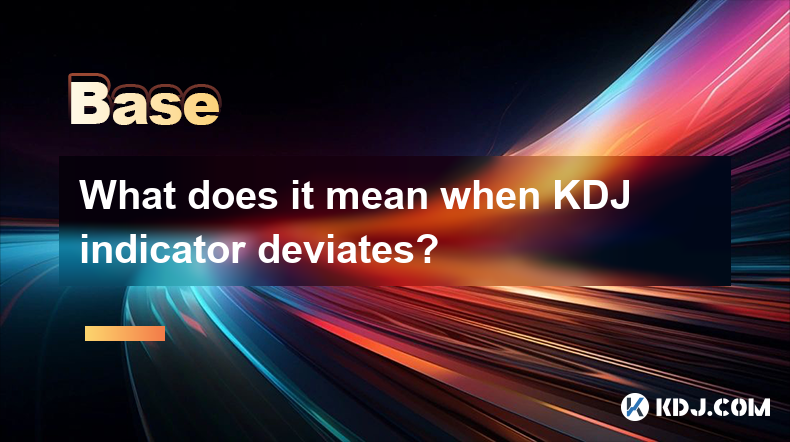
What does it mean when KDJ indicator deviates?
Apr 01,2025 at 03:08pm
The KDJ indicator, also known as the Stochastic Oscillator, is a popular technical analysis tool used in the cryptocurrency market to predict price movements. When the KDJ indicator deviates, it means that the current price of a cryptocurrency is moving away from its typical range, as indicated by the KDJ lines. This deviation can signal potential trend...
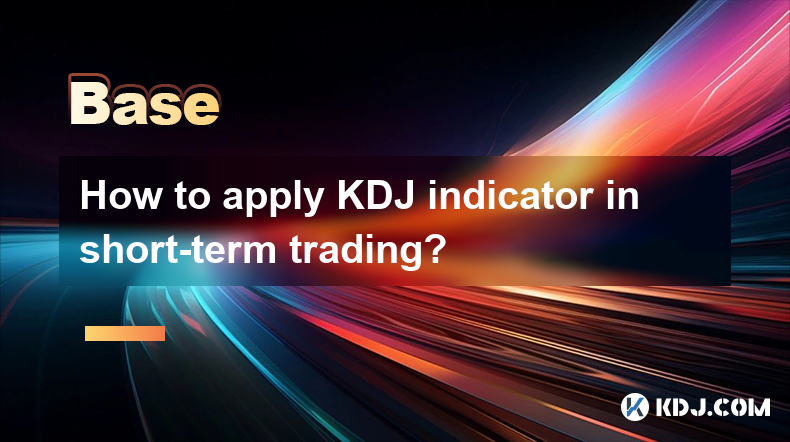
How to apply KDJ indicator in short-term trading?
Mar 31,2025 at 10:28pm
The KDJ indicator, also known as the Stochastic Oscillator, is a popular technical analysis tool used by traders to identify potential buy and sell signals in the cryptocurrency market. In short-term trading, the KDJ indicator can be particularly useful due to its sensitivity to price movements. This article will explore how to effectively apply the KDJ...
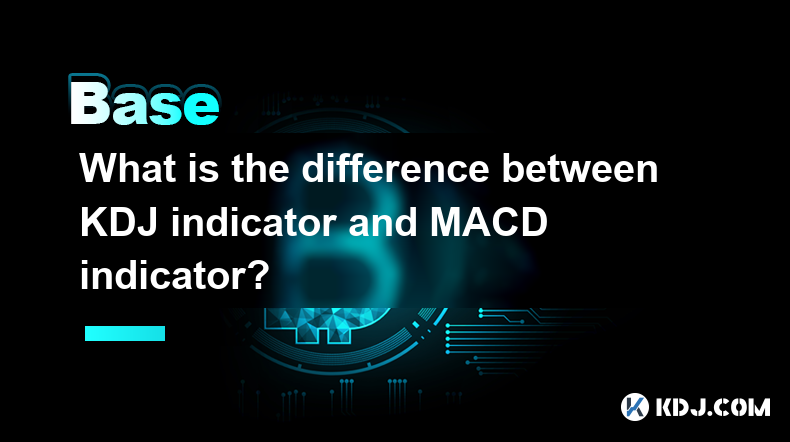
What is the difference between KDJ indicator and MACD indicator?
Apr 01,2025 at 08:21pm
The KDJ indicator and the MACD indicator are two popular technical analysis tools used by cryptocurrency traders to predict market trends and make informed trading decisions. While both indicators aim to help traders identify potential buy and sell signals, they differ in their construction, interpretation, and application. In this article, we will expl...
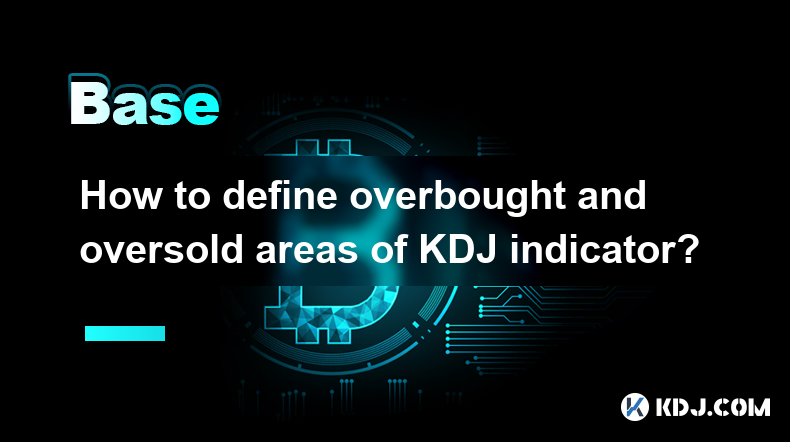
How to define overbought and oversold areas of KDJ indicator?
Apr 01,2025 at 06:42am
The KDJ indicator, also known as the Stochastic Oscillator, is a popular technical analysis tool used by traders to identify potential overbought and oversold conditions in the cryptocurrency market. Understanding how to define these areas can help traders make more informed decisions about when to buy or sell their assets. In this article, we will expl...
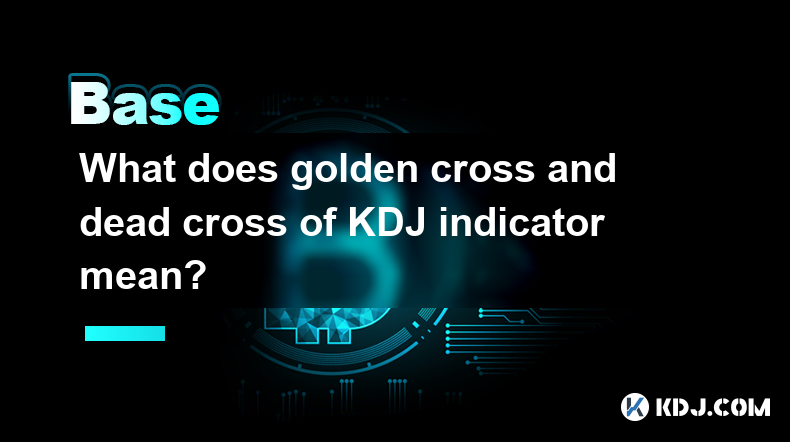
What does golden cross and dead cross of KDJ indicator mean?
Apr 02,2025 at 02:08am
The KDJ indicator, also known as the Stochastic Oscillator, is a popular technical analysis tool used by cryptocurrency traders to identify potential buy and sell signals. It consists of three lines: K, D, and J, which fluctuate between 0 and 100. The golden cross and dead cross of the KDJ indicator are important signals that traders look for to make in...

What kind of people does the currency term Maxi represent?
Mar 29,2025 at 08:49pm
Decoding the 'Maxi' in CryptocurrencyThe term 'Maxi' in the cryptocurrency world doesn't refer to a specific demographic or group with shared characteristics like age or profession. Instead, it's a label used to describe individuals holding a strong, often unwavering, belief in Bitcoin's dominance and superiority over all other cryptocurrencies. They a...

What does it mean when KDJ indicator deviates?
Apr 01,2025 at 03:08pm
The KDJ indicator, also known as the Stochastic Oscillator, is a popular technical analysis tool used in the cryptocurrency market to predict price movements. When the KDJ indicator deviates, it means that the current price of a cryptocurrency is moving away from its typical range, as indicated by the KDJ lines. This deviation can signal potential trend...

How to apply KDJ indicator in short-term trading?
Mar 31,2025 at 10:28pm
The KDJ indicator, also known as the Stochastic Oscillator, is a popular technical analysis tool used by traders to identify potential buy and sell signals in the cryptocurrency market. In short-term trading, the KDJ indicator can be particularly useful due to its sensitivity to price movements. This article will explore how to effectively apply the KDJ...

What is the difference between KDJ indicator and MACD indicator?
Apr 01,2025 at 08:21pm
The KDJ indicator and the MACD indicator are two popular technical analysis tools used by cryptocurrency traders to predict market trends and make informed trading decisions. While both indicators aim to help traders identify potential buy and sell signals, they differ in their construction, interpretation, and application. In this article, we will expl...

How to define overbought and oversold areas of KDJ indicator?
Apr 01,2025 at 06:42am
The KDJ indicator, also known as the Stochastic Oscillator, is a popular technical analysis tool used by traders to identify potential overbought and oversold conditions in the cryptocurrency market. Understanding how to define these areas can help traders make more informed decisions about when to buy or sell their assets. In this article, we will expl...

What does golden cross and dead cross of KDJ indicator mean?
Apr 02,2025 at 02:08am
The KDJ indicator, also known as the Stochastic Oscillator, is a popular technical analysis tool used by cryptocurrency traders to identify potential buy and sell signals. It consists of three lines: K, D, and J, which fluctuate between 0 and 100. The golden cross and dead cross of the KDJ indicator are important signals that traders look for to make in...

What kind of people does the currency term Maxi represent?
Mar 29,2025 at 08:49pm
Decoding the 'Maxi' in CryptocurrencyThe term 'Maxi' in the cryptocurrency world doesn't refer to a specific demographic or group with shared characteristics like age or profession. Instead, it's a label used to describe individuals holding a strong, often unwavering, belief in Bitcoin's dominance and superiority over all other cryptocurrencies. They a...
See all articles























































































